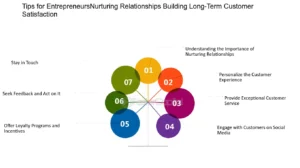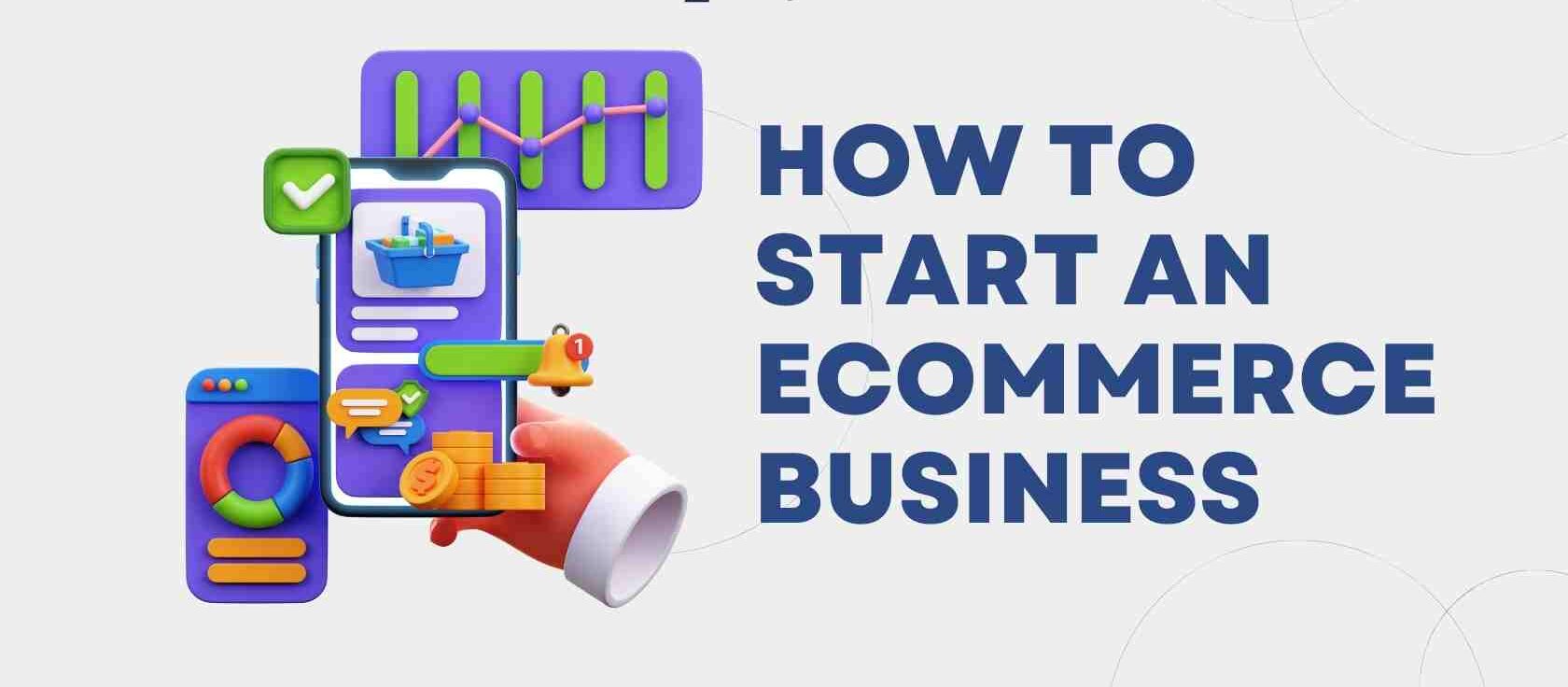Ecommerce Customer Service Tips: Elevating Your Online Business Experience
In the fast-paced world of e-commerce, exceptional customer service isn’t just a luxury—it’s a necessity. With consumers having countless online shopping options at their fingertips, providing outstanding support can be the differentiator that sets your brand apart. This comprehensive guide delves into effective ecommerce customer service tips offering actionable strategies to enhance customer satisfaction, build loyalty, and drive business growth.
Understanding the Importance of Ecommerce Customer Service
Effective customer service in e-commerce goes beyond resolving issues; it’s about creating a seamless, positive experience that encourages repeat business and fosters brand advocacy. According to a study by American Express, 69% of customers are willing to spend more with companies that provide excellent customer service. Conversely, poor service can lead to customer churn and negative reviews, which can significantly impact your brand’s reputation.

1. Prioritize Response Time
In the digital age, customers expect quick responses. Slow reply times can lead to frustration and lost sales. Aim to respond to customer inquiries promptly, ideally within an hour, to demonstrate commitment to customer satisfaction.
2. Offer Multichannel Support
Customers reach out through various channels—email, live chat, social media, and phone. Providing support across multiple platforms ensures that customers can contact you through their preferred method. This approach not only enhances customer satisfaction but also broadens your reach.
3. Implement Self-Service Options
Many customers prefer to find answers on their own. Providing self-service resources like FAQs, knowledge bases, and instructional videos can empower customers to resolve issues independently, reducing the volume of support requests and improving overall efficiency.
4. Personalize Customer Interactions
Personalization makes customers feel valued. Use customer data to tailor interactions, such as addressing customers by name and referencing their purchase history. Personalized service can significantly enhance customer loyalty and satisfaction.
5. Train Your Support Team Regularly
Your customer service team is the face of your brand. Regular training ensures they are well-equipped to handle inquiries effectively and professionally. Training should cover product knowledge, communication skills, and conflict resolution techniques.
6. Gather and Act on Customer Feedback
Collecting feedback through surveys and reviews provides valuable insights into customer experiences. Analyzing this feedback allows you to identify areas for improvement and make necessary adjustments to enhance service quality.
7. Monitor Key Performance Indicators (KPIs)
Tracking KPIs like response time, resolution time, customer satisfaction scores, and Net Promoter Score (NPS) helps assess the effectiveness of your customer service efforts. Regular monitoring enables you to make data-driven decisions to improve service quality.
8. Use Automation Wisely
Automation tools like chatbots can handle routine inquiries, freeing up your team to focus on more complex issues. However, it’s essential to ensure that automated responses are accurate and that customers can easily escalate to a human representative when needed.
9. Provide Proactive Support
Anticipate customer needs by providing proactive support. This can include sending order updates, notifying customers of potential delays, and offering assistance before issues arise. Proactive communication demonstrates attentiveness and can prevent problems before they escalate.
10. Foster a Customer-Centric Culture
Creating a customer-centric culture involves embedding customer service excellence into your company’s values and operations. Encourage all team members, not just those in support roles, to prioritize customer satisfaction in their daily tasks.
Conclusion
Implementing these ecommerce customer service tips can significantly enhance your online business’s customer experience. By prioritizing prompt responses, offering multichannel support, personalizing interactions, and continuously improving based on feedback, you can build strong customer relationships that drive loyalty and growth. Remember, exceptional customer service isn’t just about resolving issues—it’s about creating positive experiences that keep customers coming back.



